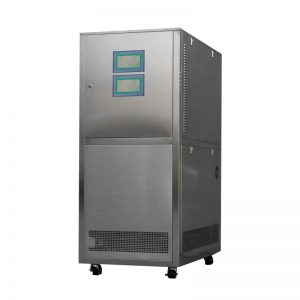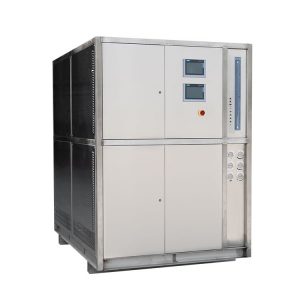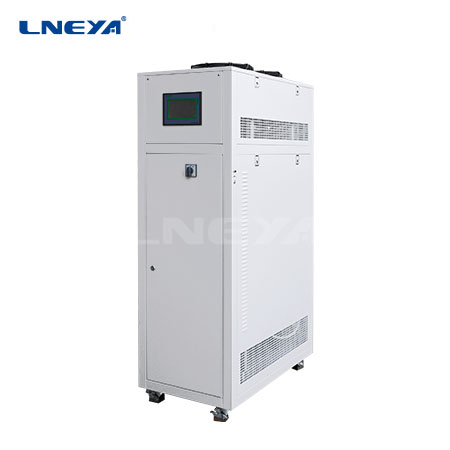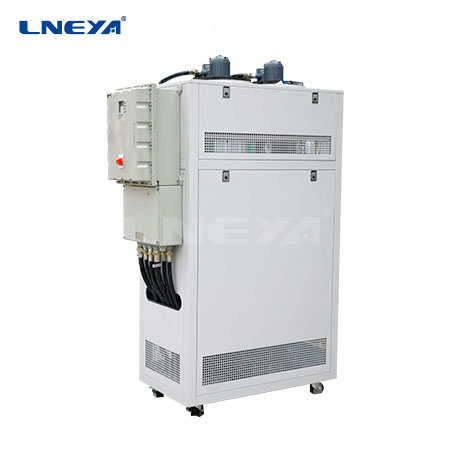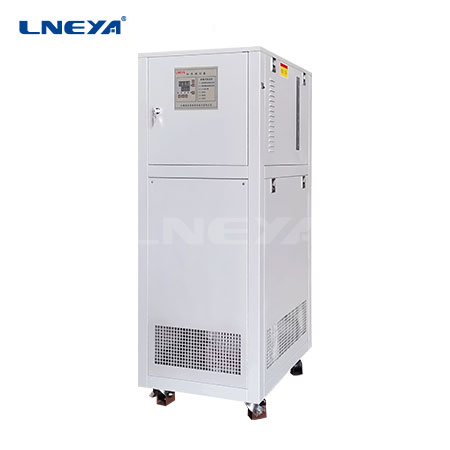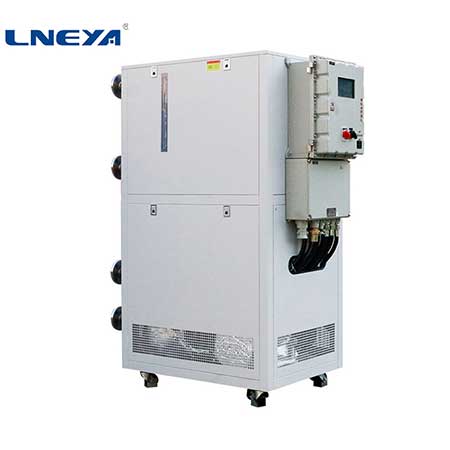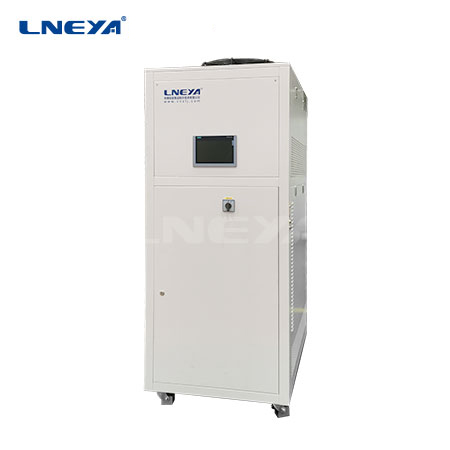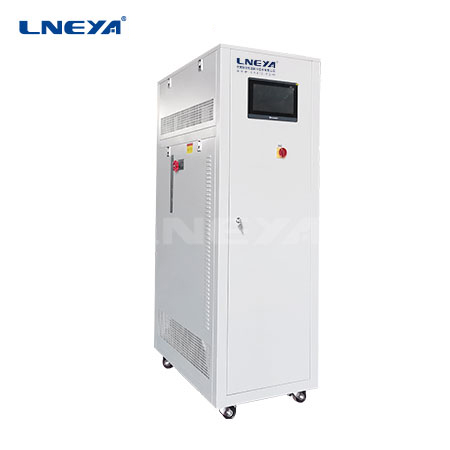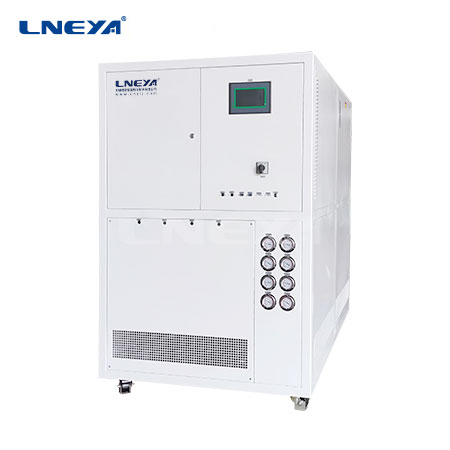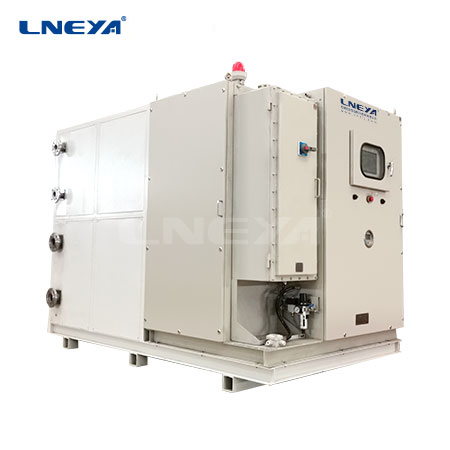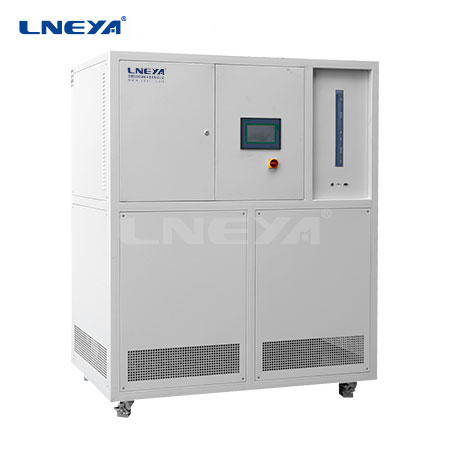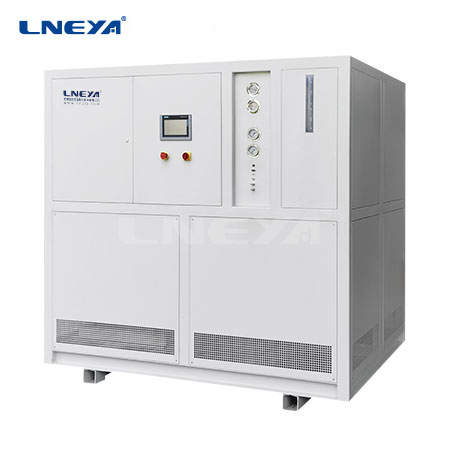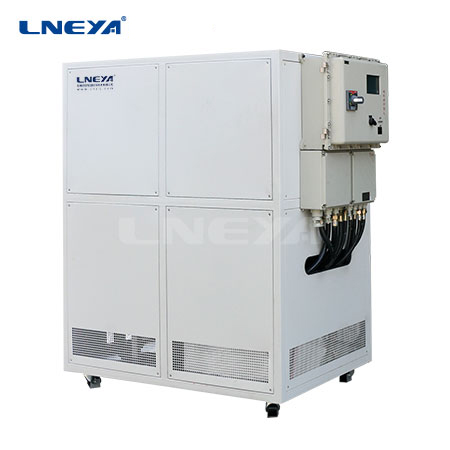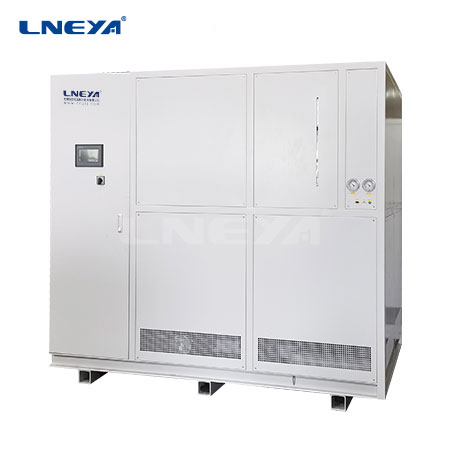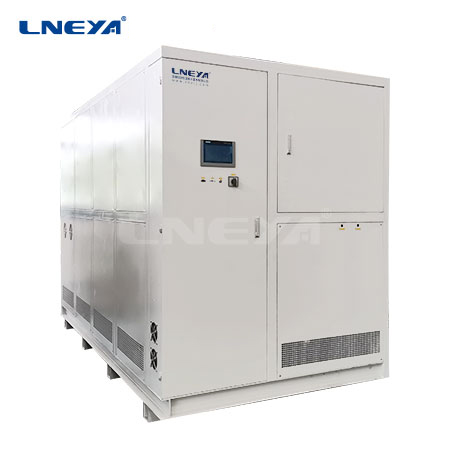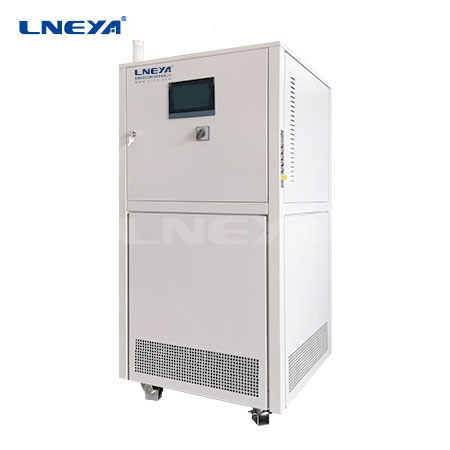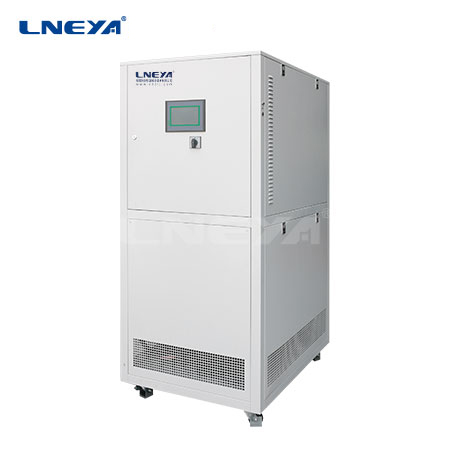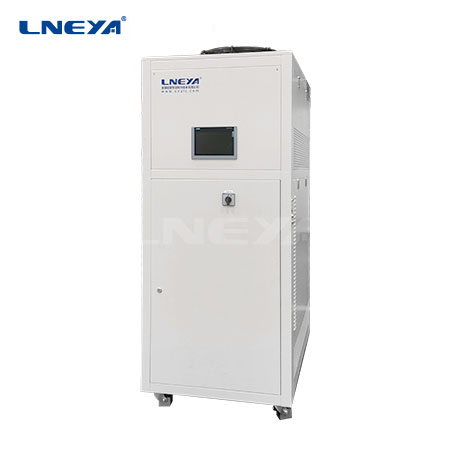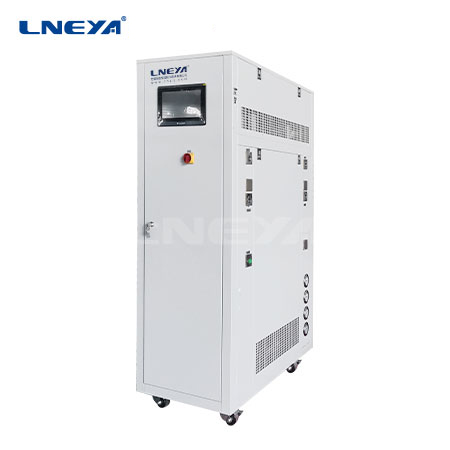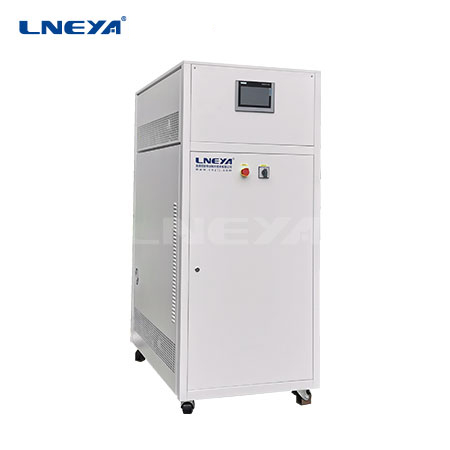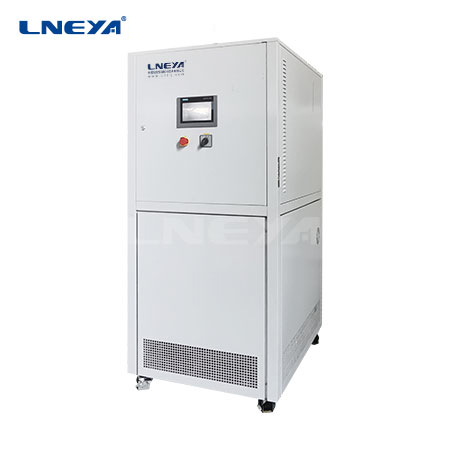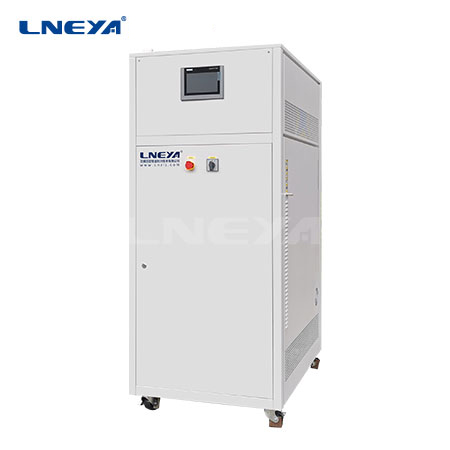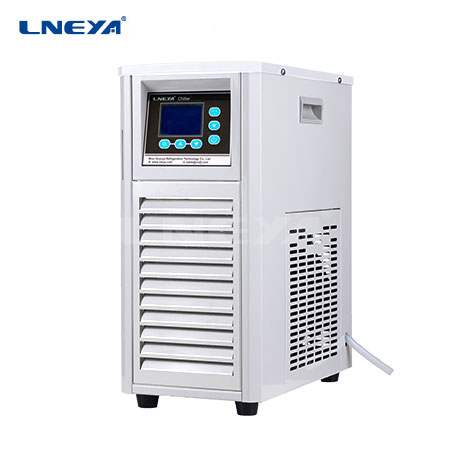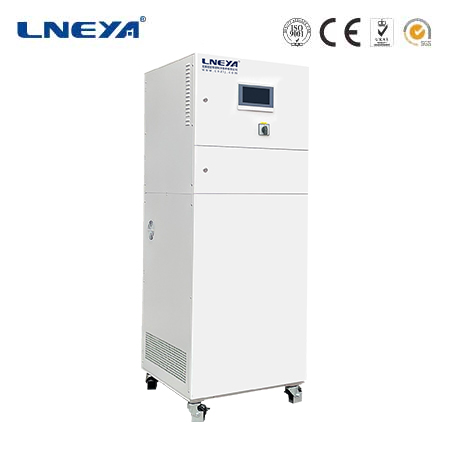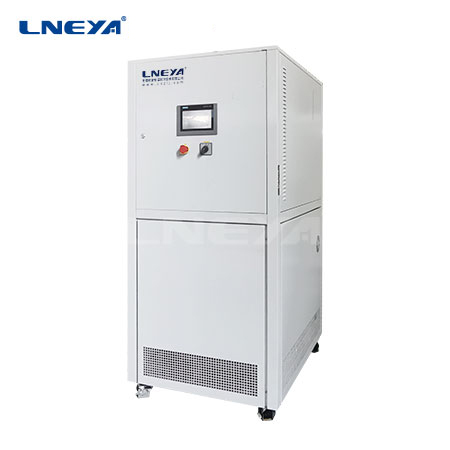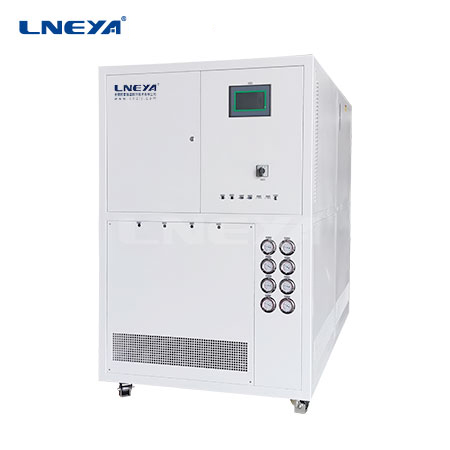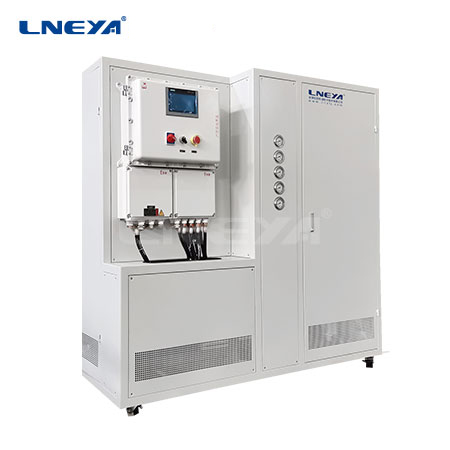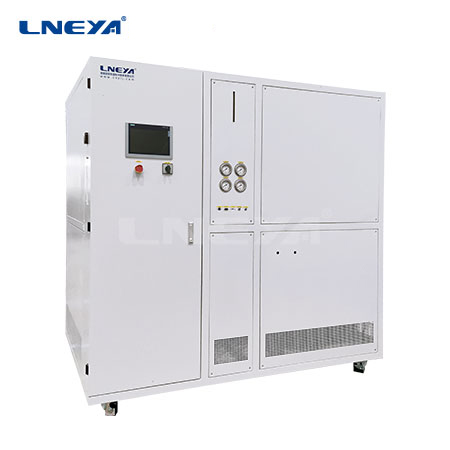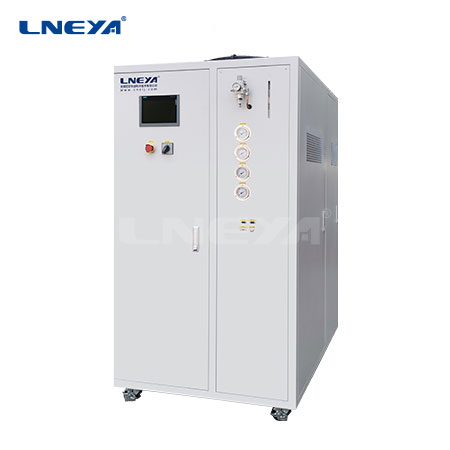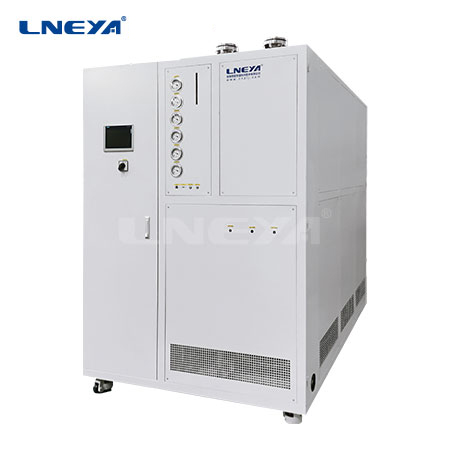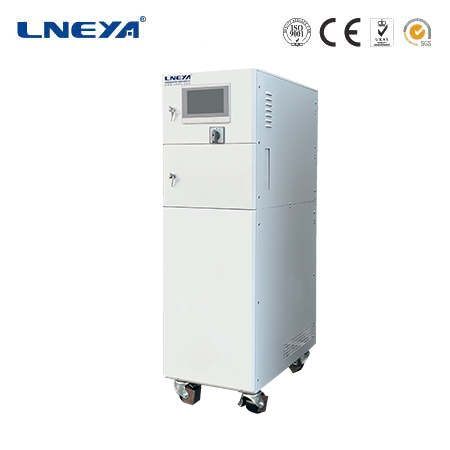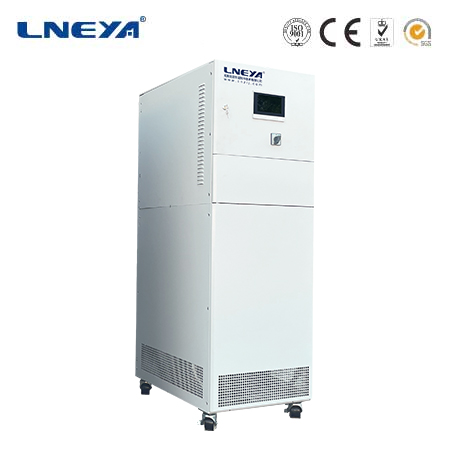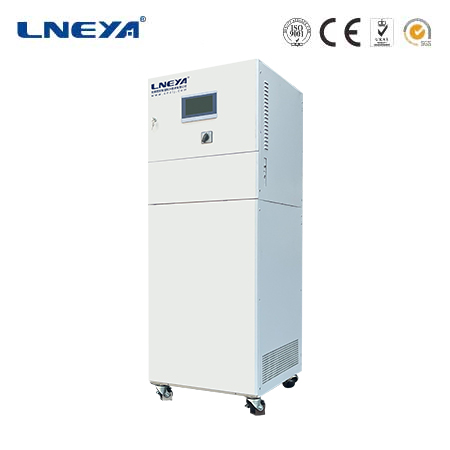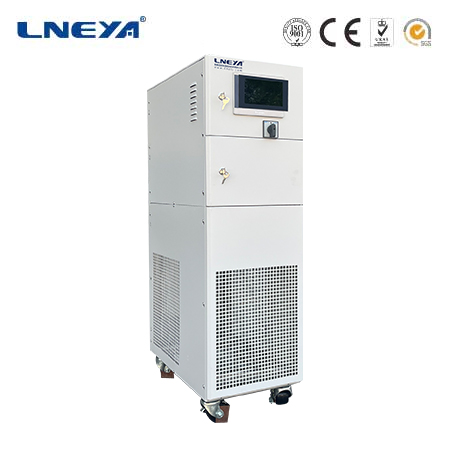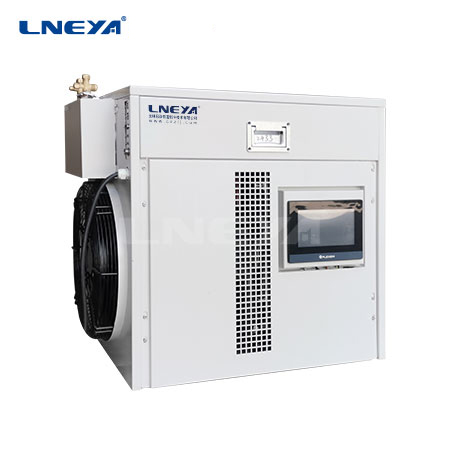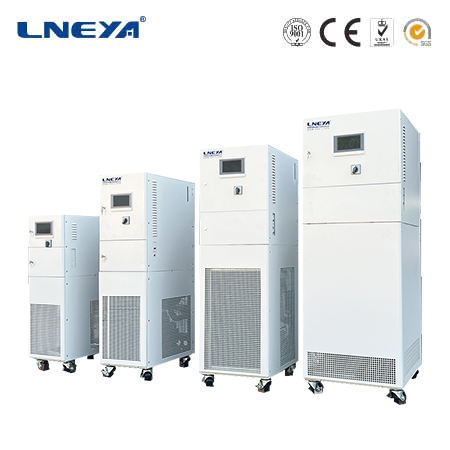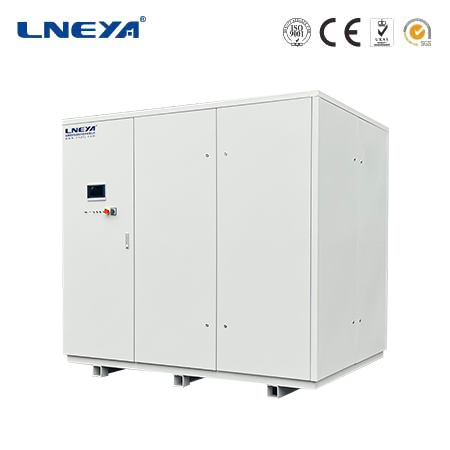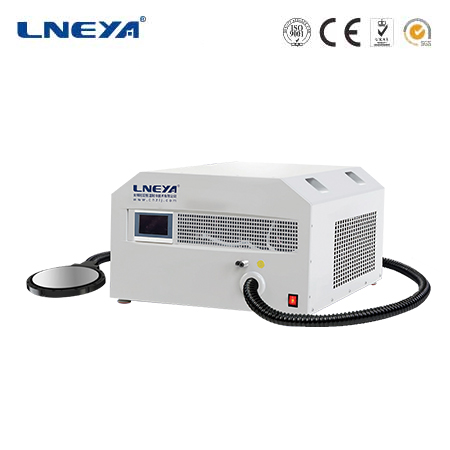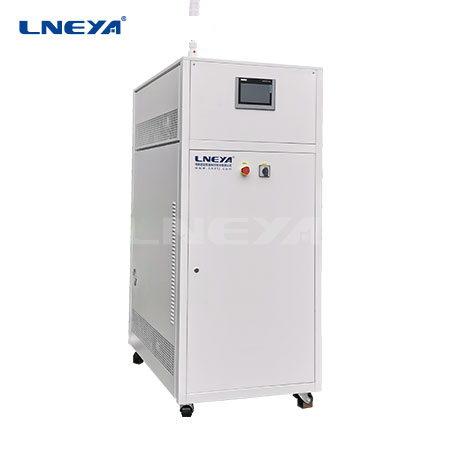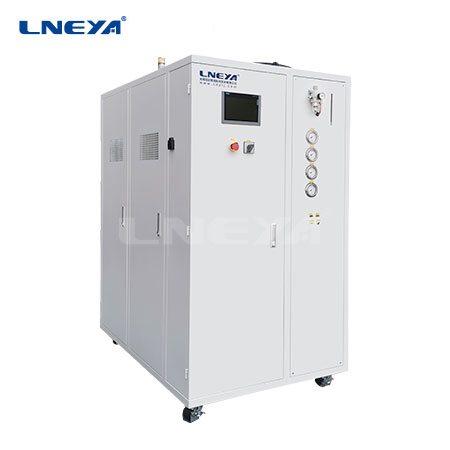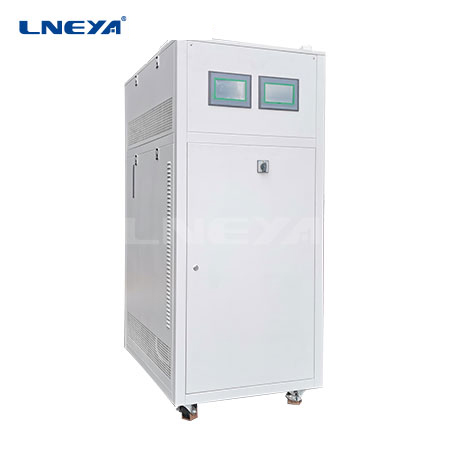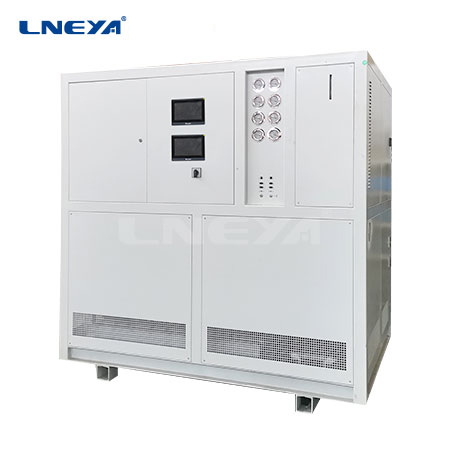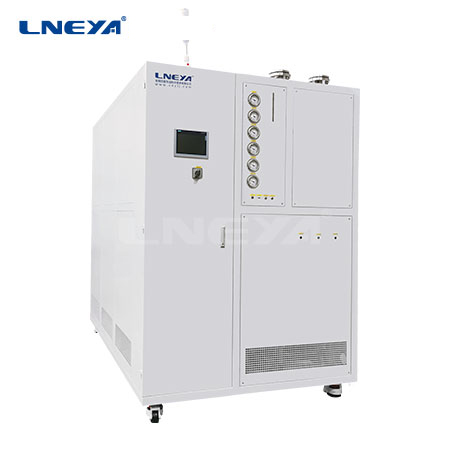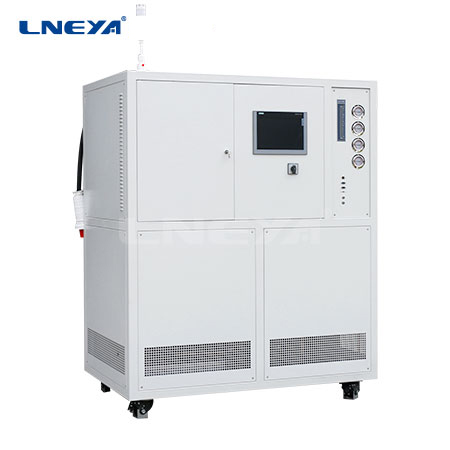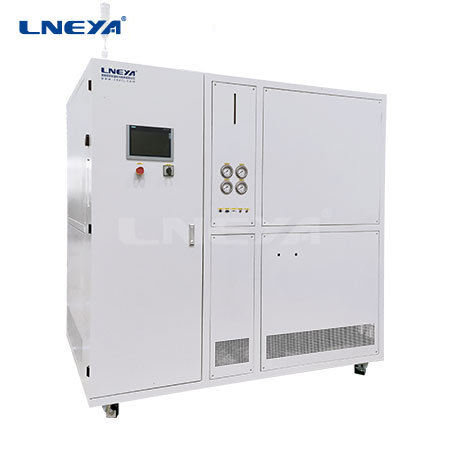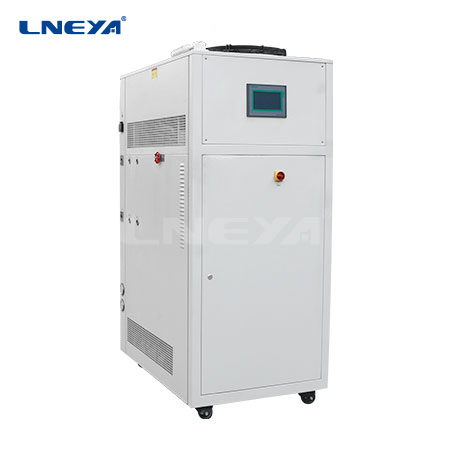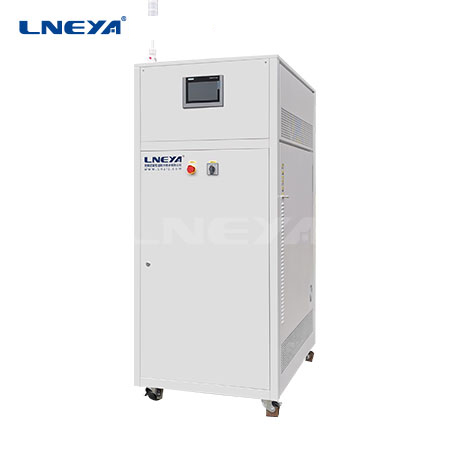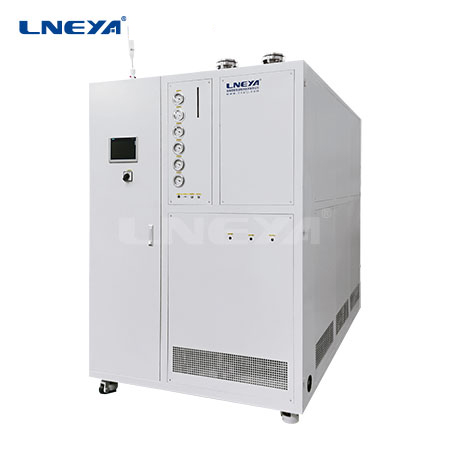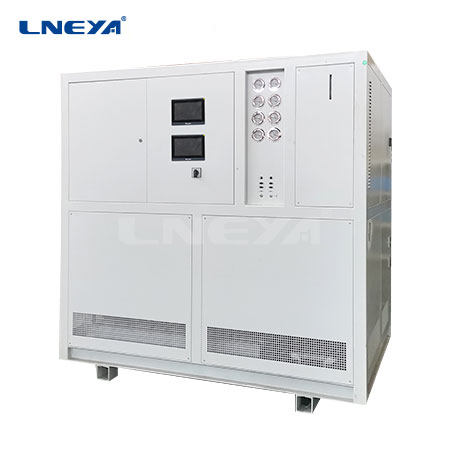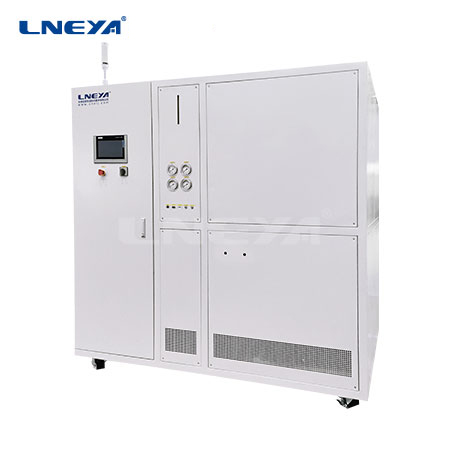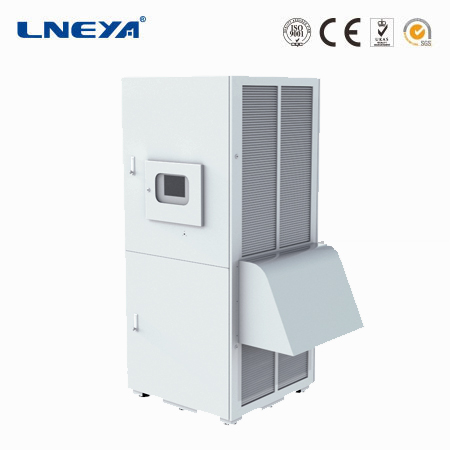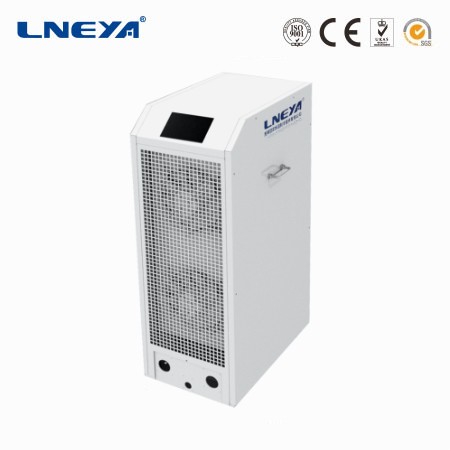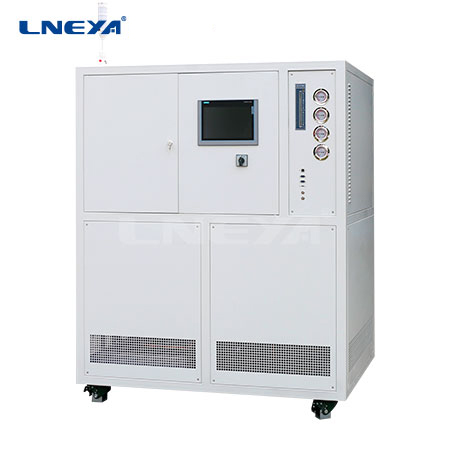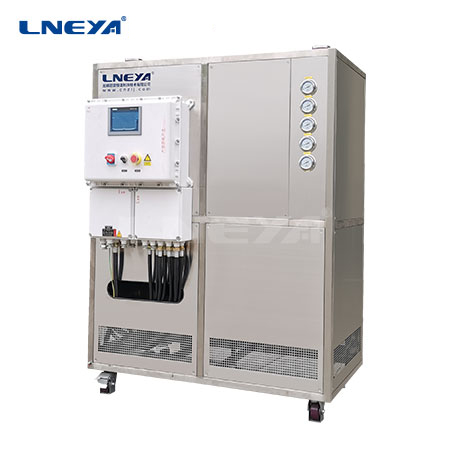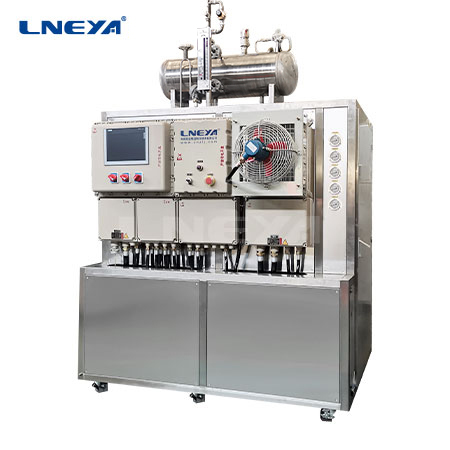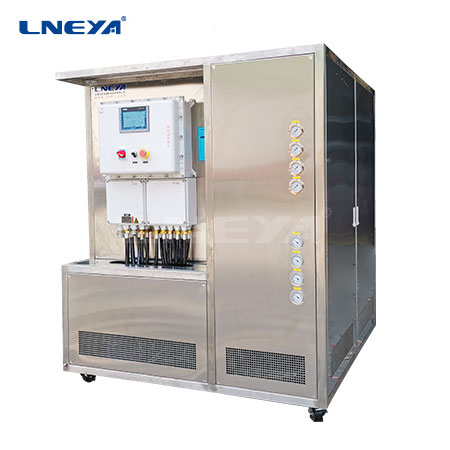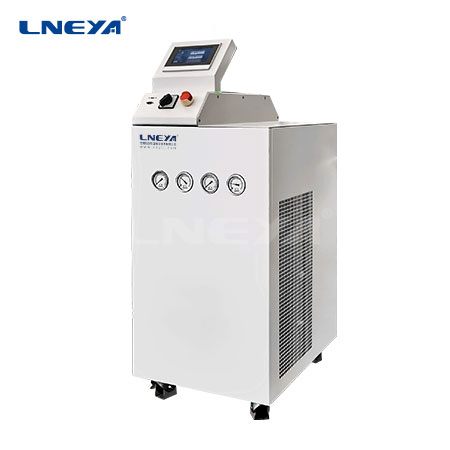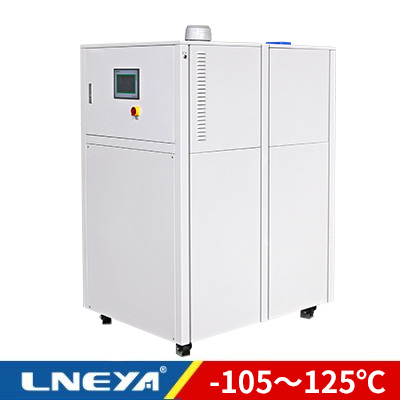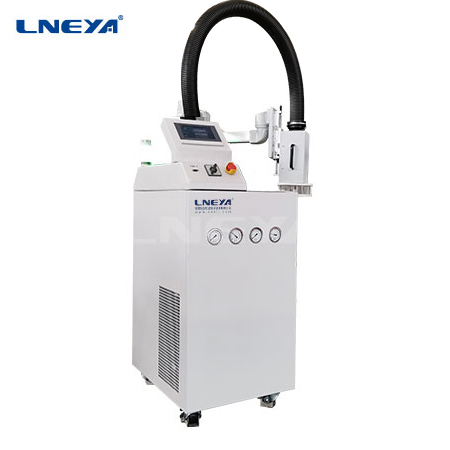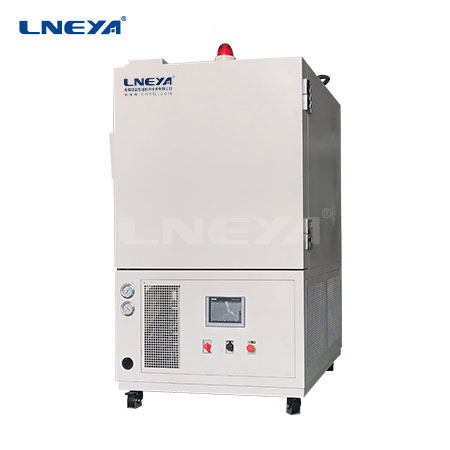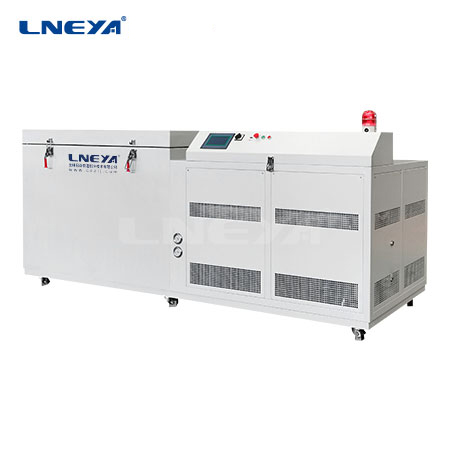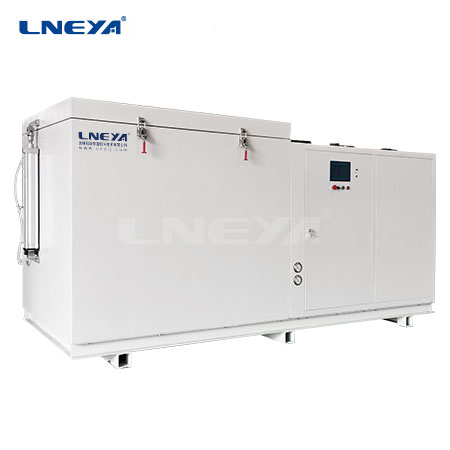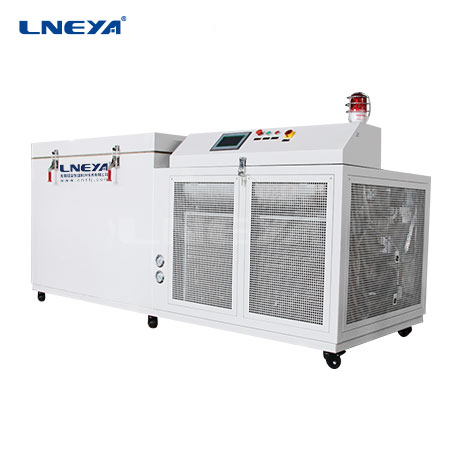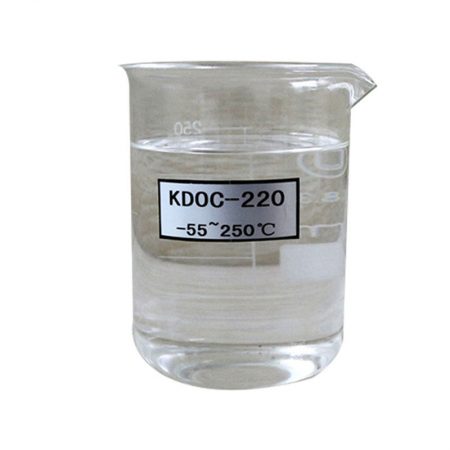Factors Affecting the Refrigeration Performance of Chillers
It is difficult for industrial chillers to be the same as the rated conditions in actual operation, and there is a certain difference between the maximum cooling capacity of the equipment and the cooling performance coefficient. Therefore, users should properly maintain the cold water outlet temperature, cooling water inlet temperature, cooling water, and fouling coefficient of cold water pipes of the chiller under different loads. When the cold water outlet temperature of the chiller is increased by 1°C or the cooling water inlet temperature is decreased by 1°C, the cooling performance coefficient will increase by 2% to 3%. The following LNEYA will introduce the three major factors that affect the refrigeration performance coefficient of industrial chillers:
1. Cooling water outlet temperature
With the increase of the water temperature of the chiller, the cooling capacity and the cooling performance coefficient of the chiller are improved. When the cold water outlet temperature is increased from 6℃ to 10℃, the cooling capacity is increased by 13%, and the cooling performance coefficient is increased by 11%.
2. Cooling water inlet temperature
As the cooling water inlet temperature decreases, the cooling capacity and performance coefficient of the chiller increase. When the cooling water inlet temperature is reduced from 32°C to 26°C, both the cooling capacity and the cooling coefficient of performance are increased by about 20%.
3. Fouling coefficient
Affected by water quality, the heat exchanger of the chiller will be fouled. With the extension of the operating time of the chiller, the fouling phenomenon will become more serious, the fouling coefficient will increase, the heat exchange capacity of the heat exchanger will decrease, and the refrigeration of the equipment will be reduced. The capacity and cooling coefficient of performance will also decrease accordingly.
We are a professional manufacturer of temperature control equipment, supporting customized services, please consult us for details!
Temperature Control Range: -150°C to +50°C

Dynamic Temperature Control Systems
Temperature Control Range: -120°C to +350°C

Temperature Control Range: -40°C to +100°C

Temperature Control Range: -85°C to +250°C

Temperature Control Range: -150°C to -10°C
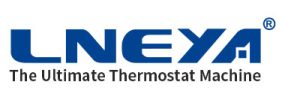 LNEYA
LNEYA
 简体中文
简体中文










